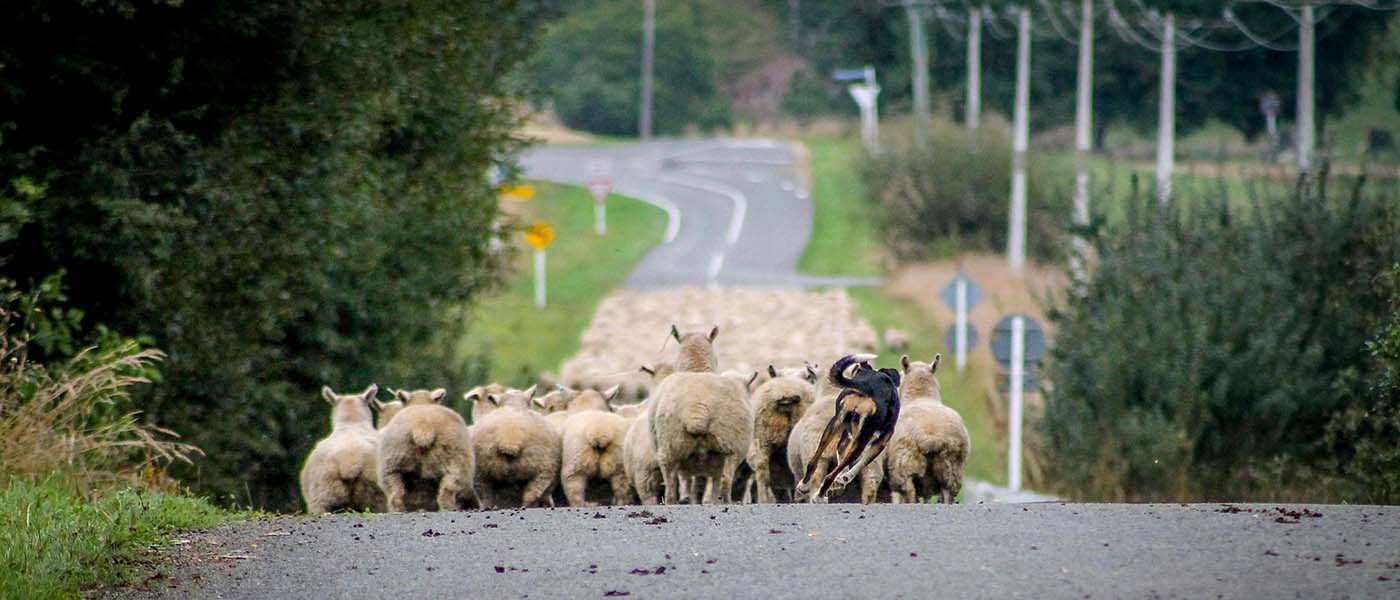
Working dogs are rather unique in the type of injuries they sustain, but, for the Vetlife vets who enjoy orthopaedics, they provide wonderful and rewarding challenges.
Most injuries are the results of:
Here is a sample of a few cases recently seen by our team:
Tess, the Heading dog
Tess was a lovely young Heading dog caught in a cattle stop, rupturing the ligaments in her carpus (wrist) so badly they could not be repaired. We managed to stabilise this by arthrodesing (fusing) the joint. To do this we had to harvest some bone graft from her shoulder and then fit a plate to keep the joints still while the fusion progressed. She is now almost healed and is expected to return to full work with only a slight restriction in the range of movement in the lower limb.
Jock, the Huntaway
Jock was a Huntaway recently caught in a gate, rupturing the cranial cruciate ligament in his stifle (this is equivalent to the ACL ligament in our knee). Jock underwent a TTA surgery where we changed the functional biodynamics using a titanium wedge and plate which stabilised the joint. After 8 weeks of physio and rest he was doing well, and after 16 weeks he was back working well.
Boss, the Huntaway
Boss was a young Huntaway kicked by a cow, resulting in a broken femur. He had age on his side and was repaired using a plate that we call a `locking plate` that has good screw-holding ability in young soft bone. After 4 weeks he was totally healed. We removed the plate after 6 weeks because he was still growing. He made a full recovery.
Duncan, the Huntaway
Duncan was a large Huntaway who dislocated his hip falling off a cliff. We tried in vain to relocate without surgery, but due to the damage to the support structures of the hip it would not stay in place. We repaired it using a Toggle pin placed through the femoral head and pelvis, and this was held in place with strong suture. This technique is suitable for traumatic dislocations, but not for dogs with dislocations from hip dysplasia. Duncan had a slow recovery with physio over 3 months and is now back working, but he does require long term pain relief to keep him comfortable.
This is just a small selection of some of our recent cases. Rest assured your working dogs are in good hands should these dreaded injuries occur.
Written by Trish Moffit